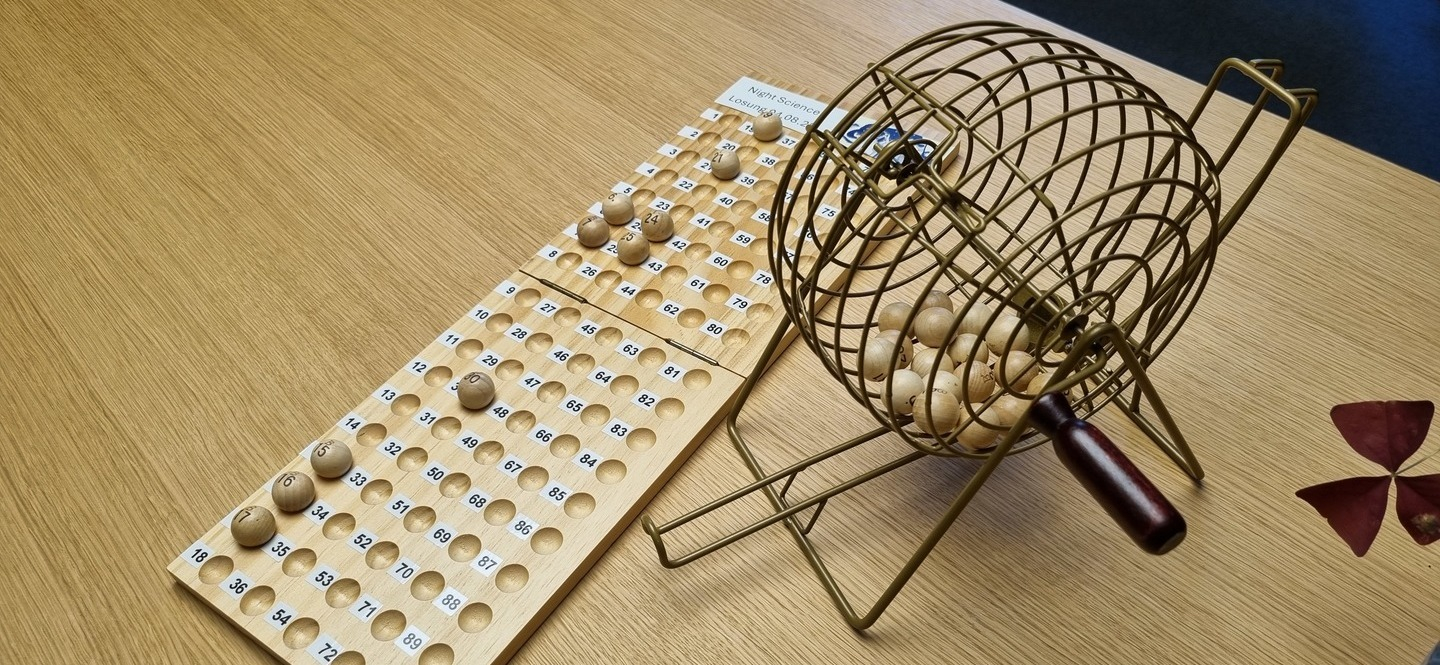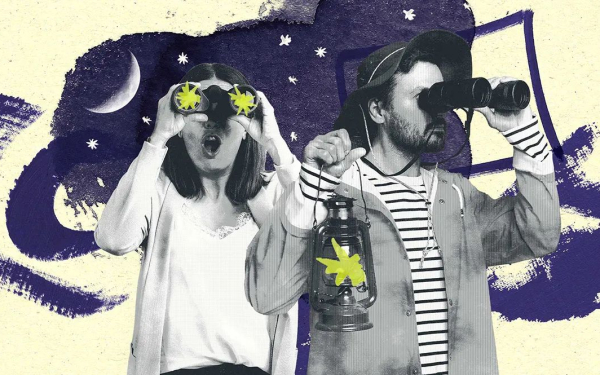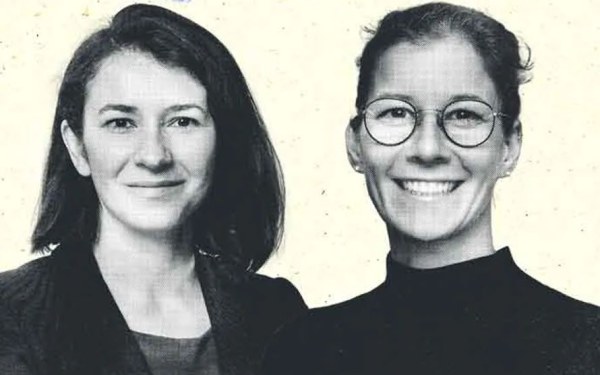
Auslosung der Night Science Projekte im August 2025. Foto: VolkswagenStiftung
Night Science: Ten research tandems selected by lottery
54 applications, ten funded tandems - and a lottery drum: with the Night Science funding programme, the Volkswagen Foundation is for the first time specifically supporting the creative beginnings of scientific projects.
Focus on the creative process
With Night Science, the foundation is for the first time specifically promoting the early phases of scientific work: the search for creative ideas beyond clearly formulated hypotheses. The first round of applications ended on 5 June 2025. The foundation received 54 applications, of which 32 were accepted for the lottery after formal and content-related review. The decision was reached at the beginning of August 2025: ten tandems will now have the opportunity to enjoy a year of creative research freedom.
Funding conditions and program
The interdisciplinary tandems each consist of two scientists from the natural sciences, life sciences, or technical sciences who work at different research institutions.
The one-year funding program begins in April 2026. Three specially designed workshops are an integral part of the program, aimed at promoting a creative mindset, supporting individual strategies, and encouraging reflection. In addition, up to 200,000 euros in funding is available per tandem. These funds can be used flexibly – for example, for leave of absence from teaching duties, research trips, or creative methods. Instead of a traditional research report, the tandems write a report at the end documenting their creative processes and learning experiences.
Accompanying scientific research
A team from TU Dortmund University led by Prof. Tobias Haertel is accompanying the new funding initiative and investigating how the funding program affects the creativity of researchers. The analysis covers not only the individual developments of the participants, but also the structures and framework conditions of the initiative.
Outlook
The next deadline for the Night Science program is expected to be early 2027. Further information can be found on the initiative's website Night Science – Space for creative thinking.
The funded Night Science Tandems
-
Night Science at the Museum
Prof. Dr.-Ing. Martin Bonnet, Technische Hochschule Köln
Prof. Dr.-Ing. Samir Salameh, Fachhochschule Münster -
Exploring the vanishing world of alpine microswimmers
Dr. Janna Nawroth, Helmholtz Zentrum München - Deutsches Forschungszentrum für Gesundheit und Umwelt
Dr. Sebastian Fürthauer, Technische Universität Wien (TU Wien) - Fundamental Aspects of the Mechanobiology of Organelles
Prof. Dr. Matthias Weiss, Universität Bayreuth
Prof. Dr. Hesso Farhan, Medizinische Universität Innsbruck - An Ecosystem for Ecosystems
Dr. Jonathan Rodenfels, Max-Planck-Institut für molekulare Zellbiologie und Genetik (MPI-CBG)
Dr. David Zeevi, Weizmann Institute of Science - Von Henne zu Mensch: Interspezifische Ansätze zur Erforschung muskuloskelettaler Erkrankungen
Jun.-Prof. Dr. Beryl Eusemann-Keller, Universität Leipzig
Asst. Prof. Dr. Annemarie Lang, University of Michigan - Kopfkino aus dem Kinderzimmer – ein Hörspiel als Resonanzraum wissenschaftlicher Kreativität
Prof. Dr.-Ing. Ingo Siegert, Otto-von-Guericke-Universität Magdeburg
Dr.-Ing. Judith Rosenow, Deutsches Zentrum für Luft- und Raumfahrt (DLR) - Host-microbiome ecology in the face of environmental exposures
Prof. Dr. Johannes Hertel, Universitätsmedizin Greifswald
Dr. Tanya Alderete, Johns Hopkins University - Stressed out for Cancer?
Dr. Charlotte Steenblock, Technische Universität Dresden
PD Dr. Agnes Csiszar, Medizinische Universität Wien - An expedition to explore common languages in microbial ecology across scales and landscapes
Prof. Dr. Hans-Peter Grossart, Leibniz-Institut für Gewässerökologie und Binnenfischerei (IGB)
Prof. Dr. Daniel Sher, University of Haifa - Cell-free evolution or optimization without modification: What we can learn from each other
Dr. Christina Julius, Rheinisch-Westfälische Technische Hochschule Aachen (RWTH)
Dr. Jennifer Pentz, Los Alamos National Laboratory


